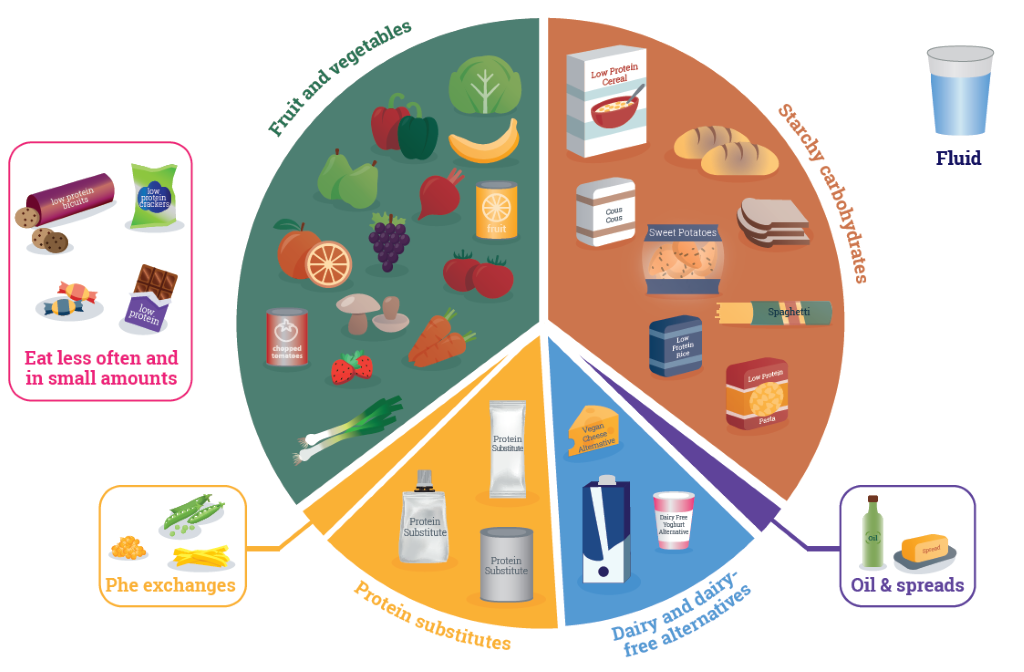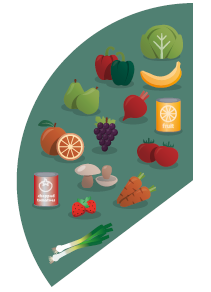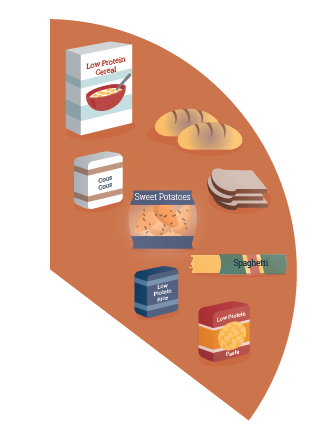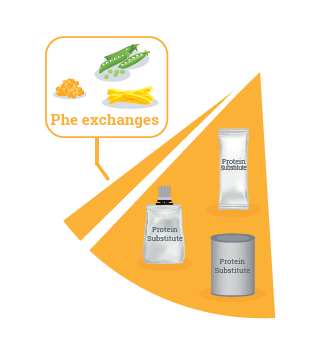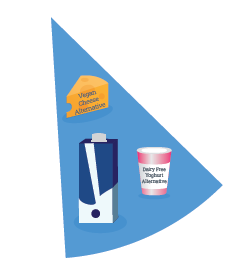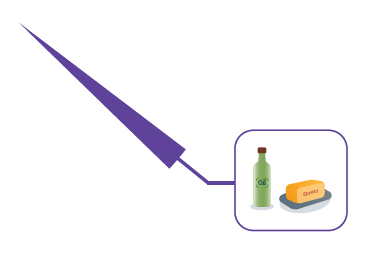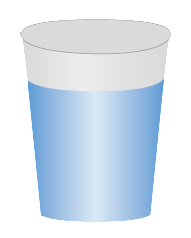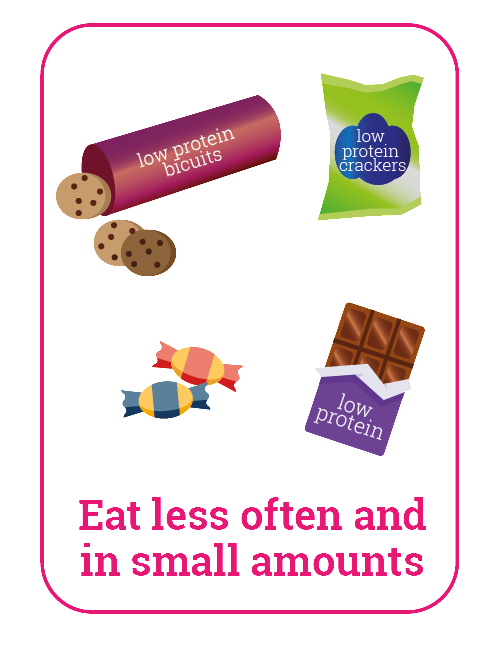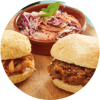How Much Should I Give My Child To Eat?
Overview
As your child gets older and becomes more active, it is important to consider how much food they will need to maintain a healthy diet.
Which foods should my child eat and why?
The ‘Eatwell Guide’ has been adapted to meet the recommendations for a diet for PKU.
This outlines the 5 main food groups your child should consume and how much should be offered daily:
• Fruit and vegetables
• Starchy carbohydrates
• Protein
• Dairy and dairy free alternatives
• Oils and spreads
Fruit and vegetables:
Starchy carbohydrates:
Protein:
Dairy and dairy free alternatives:
Oils and spreads:
Fluids:
High fat and sugary foods (treats):
Always Remeber:
Remember, the information provided here should be used as a guide only and every child, whether they have PKU or not will have a different appetite. The best advice you will receive on the types of food and the amount your child should be eating will come from your dietitian.


